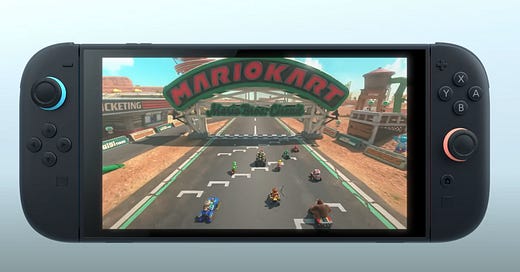The new Mario Kart suggests the Switch 2 might finally solve Nintendo’s greatest weakness
Despite having arguably best multiplayer games on the market, it lags behind everyone else with online play.
To this day, my friends and I still aren’t sure what killed our online Smash Night. We usually play in person, but for one reason or another, we decided to play online. It had worked before, why wouldn’t it work again?
We started a lobby, shared the code, and then… it froze on the loading screen and came up with an error message. We tried sharing around who hosted the game. Fiddling with internet settings. At one point, I hotspotted my Switch to my phone to check if my internet provider was the problem. I later learned this would just make things worse.After a frustrating hour or error messages, we gave up. Online play had defeated out Smash Bros Night.
It’s just one example, but of all the console makers, Nintendo perhaps lags the furthest behind when it comes to online gameplay capabilities.
Keep reading with a 7-day free trial
Subscribe to Infinite Lives to keep reading this post and get 7 days of free access to the full post archives.




